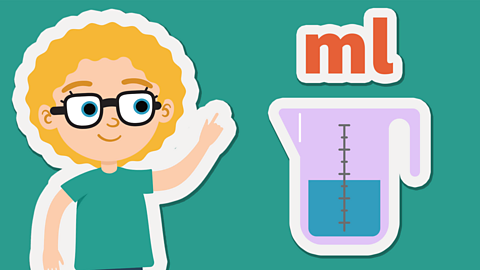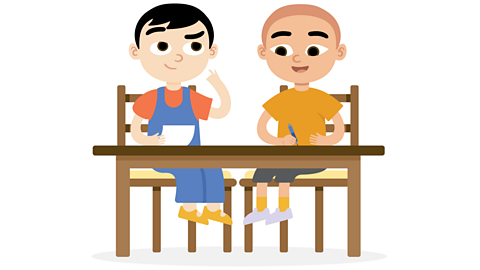
Comparing objects
When comparing the mass of objects, we use these words:
- heavier and heaviest
- lighter and lightest


Top tip
Remember an object can be heavier than something else, even if it looks smaller.
The mass of two objects might be equal to each other, too.

Using symbols
We can use the symbols for more than and less than to compare the mass of objects.
The symbol > means 'more than'.
The symbol < means 'less than'.
The symbol = means 'equal to' or 'the same'.
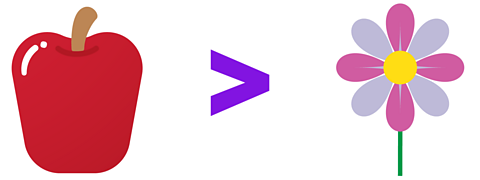
Comparing objects
Use the words heavier and lighter to compare the objects.
Here are some examples:
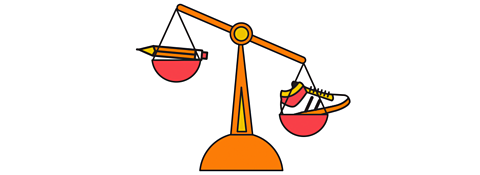
The pencil is lighter than the shoe.
This is the same as writing:
The pencil < the shoe.
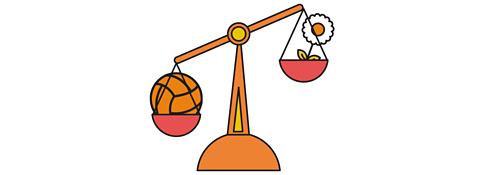
The ball is heavier than the flower.
This is the same as writing:
The ball is > the flower.

The apple is equal to the ball.
This is the same as writing:
The apple is = to the ball.

Activity 1
Find pairs of objects around you to compare and work out which is the lighter of the two and which is the heavier.
Hold one object in each hand and stretch your arms out to the side, so you are standing like a balance scale. Now compare the weights of the objects and decide which is heavier.
Can you find two objects that are equal to each other in weight?

Activity 2
Karate Cats Maths game. game
Train with the Karate Cats to become an expert in addition and subtraction, multiplication and division, place value and more!

More on Measuring
Find out more by working through a topic
- count5 of 10
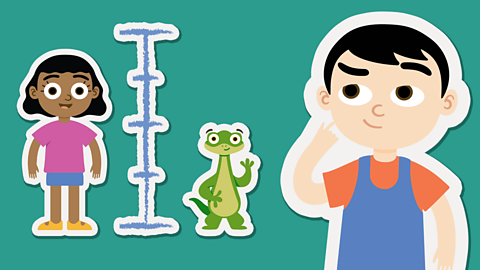
- count6 of 10
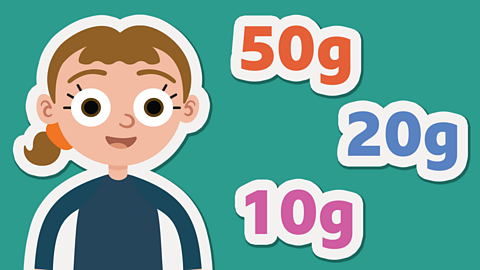
- count7 of 10
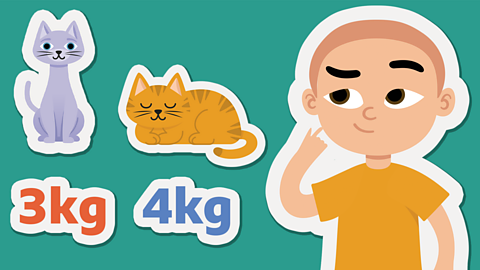
- count8 of 10
